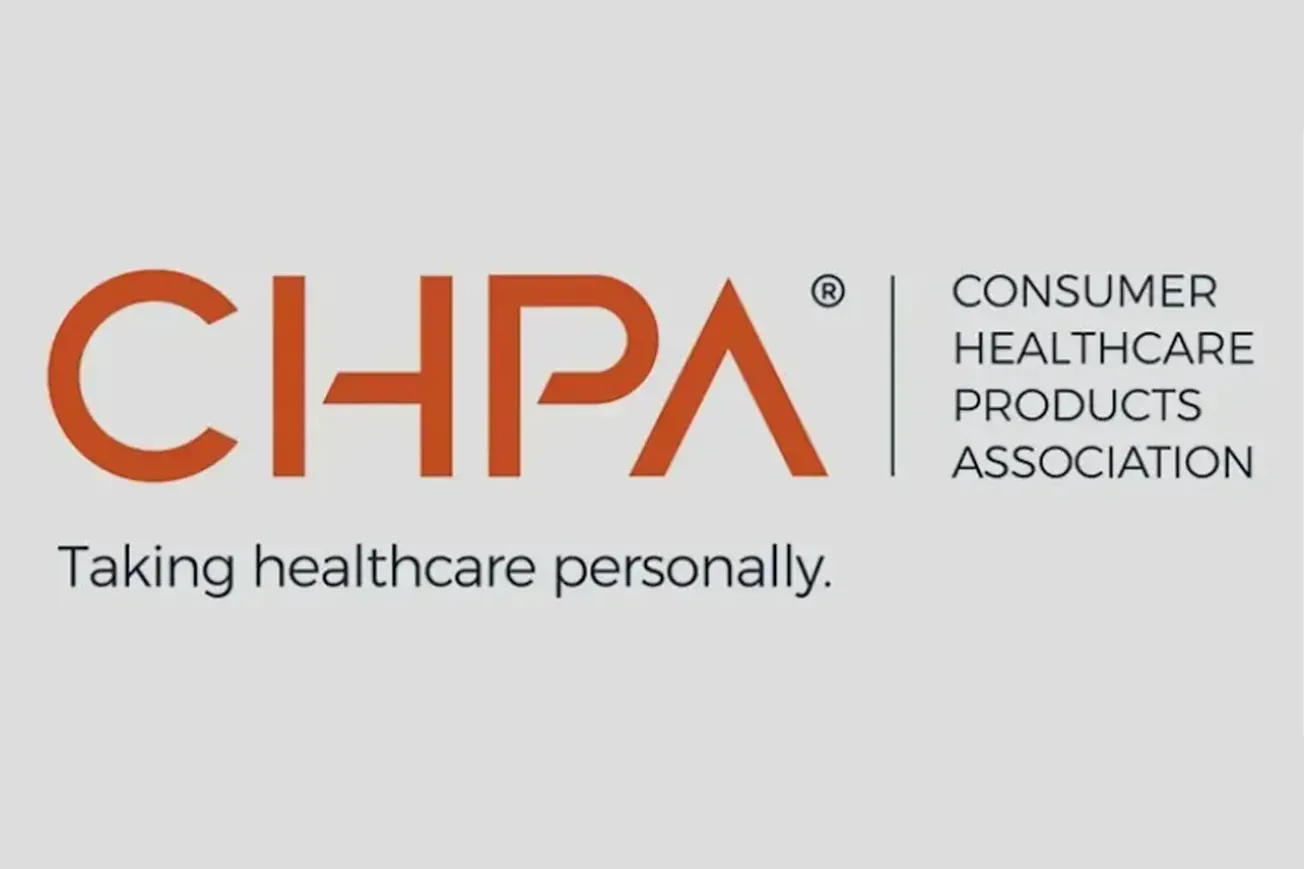WASHINGTON — New data released by the HDA Research Foundation reveal that total prescription sales through traditional pharmaceutical distributors grew by 13.7 percent in 2023. As highlighted in the 95th Edition HDA Factbook, pharmaceutical distributor sales reached $758 billion amid some of the lowest profit margins in the study’s 95-year history — 0.3 percent (net after taxes) and 1.7 percent (gross) in 2023.
Prescription drugs make up the majority (98 percent) of distributors' sales, split among sales of brand-name drugs (53 percent), branded specialty (38 percent), generic drugs (6 percent), biosimilar products (0.6 percent) and generic specialty (0.7 percent). Chain drug stores (36 percent) remain distributors' largest customer segment, followed by hospitals and HMOs (20 percent) and independent pharmacies (13 percent).
View an executive summary of key HDA Factbook data for the 2023 operating year.
“For almost a century, the Factbook has reported performance benchmarks illustrating the productivity that goes into delivering millions of prescription medicines and healthcare products each and every day,” said Perry Fri, Executive Vice President, Industry Relations and Member Services; and COO, HDA Research Foundation. “This year’s edition highlights the efficiency of healthcare distributors in a challenging and rapidly evolving business environment.”
Published annually since 1929, the HDA Factbook is based on surveys collected at the corporate level of HDA traditional distributor member companies with annual sales greater than $1 billion. Secondary data from leading healthcare industry organizations complement original data to illustrate overall distributor demographics as well as trends in operations, information technology, market characteristics, customers and product mix, among other sections.
As reported within the new Factbook:
- Each traditional distribution center processed 4,200 orders on a typical business day, and these orders averaged 12 invoice lines and 25 units;
- Distributors worked with an average of 1,232 manufacturers in 2023;
- Inventory was held for 23 days on average, down from 24 days in 2022;
- Distributors filled 88 percent of invoice lines for “raw orders,” slightly improving from 86 percent in 2022. The primary reasons for unfilled orders were manufacturers’ inability to ship (73 percent) and distributors being out of stock (27 percent);
- More than half (66 percent) of companies reported using automated methods, with 47 percent of invoice lines being picked through these automated processes;
- Capital expenditures dropped to $300 million in 2022, partly due to information technology investments to meet serialization requirements. However, capital expenditures rose 10 percent to $335 million in 2023. “Land, buildings and vehicles” accounted for 44 percent of the total, while information technology comprised 40 percent and 16 percent was allocated to machinery and equipment.
The 95th Edition HDA Factbook: The Facts, Figures and Trends in Healthcare (2024–2025) is available as a complimentary download from HDA.org. The publication was made possible through the support of gold sponsors Apotex Corp(Opens in a new window) and Real Value Rx(Opens in a new window); silver sponsors IQVIA(Opens in a new window) and R&S Northeast LLC(Opens in a new window); and bronze sponsors Ascend Laboratories, LLC(Opens in a new window); Pharmacy First(Opens in a new window); and Teva Pharmaceuticals(Opens in a new window).









